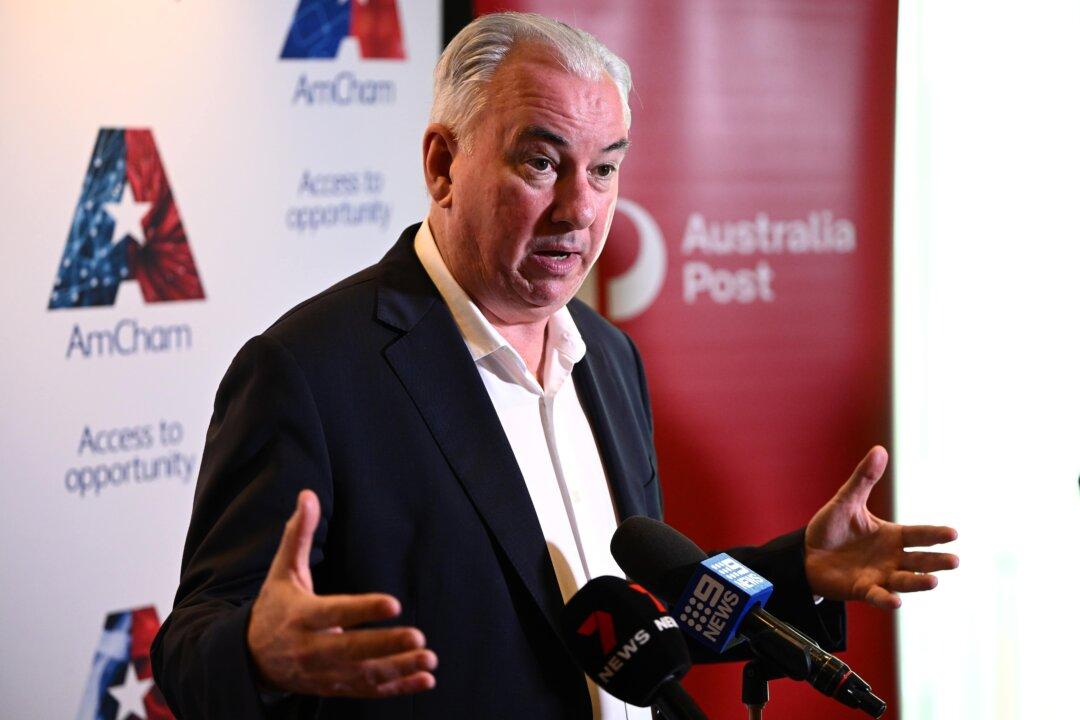Australia Post’s boss has warned that the national mail service is at a crossroads as it faces the technology revolutions, saying changes are needed for the struggling service to survive.
Chief Executive Paul Graham on Thursday gave a frank assessment about the organisation’s financial situation, which posted a $169 million loss this financial year alone. The service also announced last week 400 jobs were set to be axed by the end of the financial year.




